Articles
Suggestive Verbalizations in Film: On Character Speech and Sensory Imagination [OA]
by Julian Hanich

EXCERPT: “This, in turn, implies (and this is where media purists like Kracauer get particularly nervous): suggestive verbalizations are not unique to film. Although film can put a different emphasis on them through close-ups, zooms, particular types of voice recording, acting styles, music or other stylistic devices, they are transmedial and can be found in all kinds of media in which language plays an aesthetic role. In fact, they are as old as Western literature. Just think of the messenger reports in dramas like Aeschylus’ The Persians or Euripides’ Medea. Or consider the role that teichoscopies play in Homer’s Iliad and later in ancient drama. Both the messenger report and the teichoscopy are forms of suggestive verbalization [and] certainly do appear in film, and particularly the former occur much more frequently than acknowledged.” READ MORE
Read also Hanich’s blog commentary A Companion Glossary for “Suggestive Verbalizations in Film: On Character Speech and Sensory Imagination”
Representing public service and post-militariness in Bodyguard (BBC, 2018) [OA]
by Katy Parry
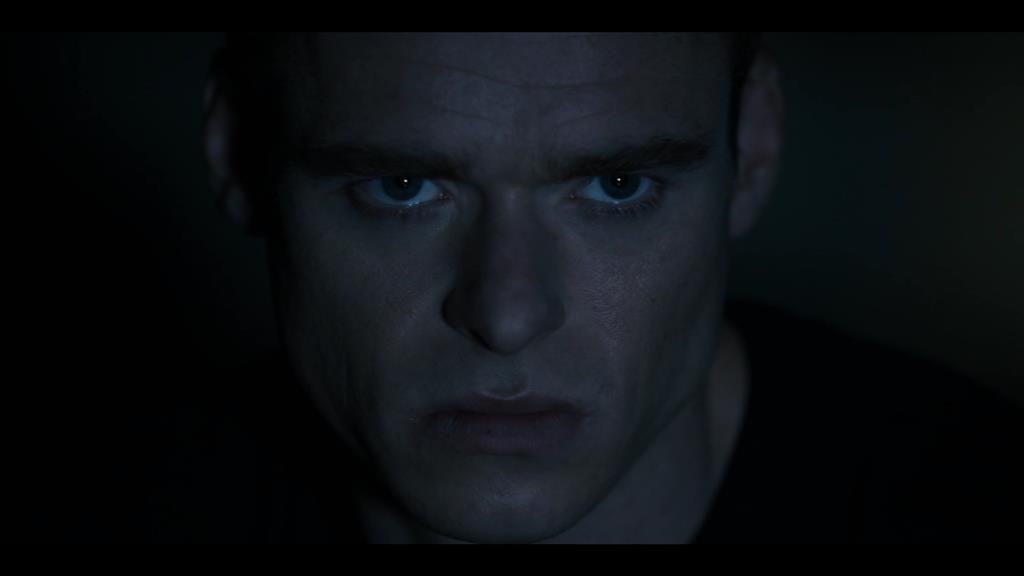
EXCERPT: “I discuss how the war veteran has become a familiar dramatic trope in popular media, and how, in this case, the persistence of military identity for veterans, or ‘post-militariness’ (Parry and Thumim 2017), is aligned with embodying both masculinised decency in the face of institutionalised corruption, but also a (self-)destructive and violent ambivalence. I argue that post-militariness offers an insightful analytical lens because it recognises the complex dialectical tension between military experience coded as both a source of pride and of trauma, and perceives post-military identity as signifying both an enduring commitment to public service and as embodying a sense of betrayal.”
Read also Parry’s blog commentary “When popular media and political cultures collide: British notions of public service, post-military identity and institutional corruption in ‘Bodyguard’ (BBC 2018)”
Activist Horror Film: The Genre as Tool for Change
by Johnny Walker
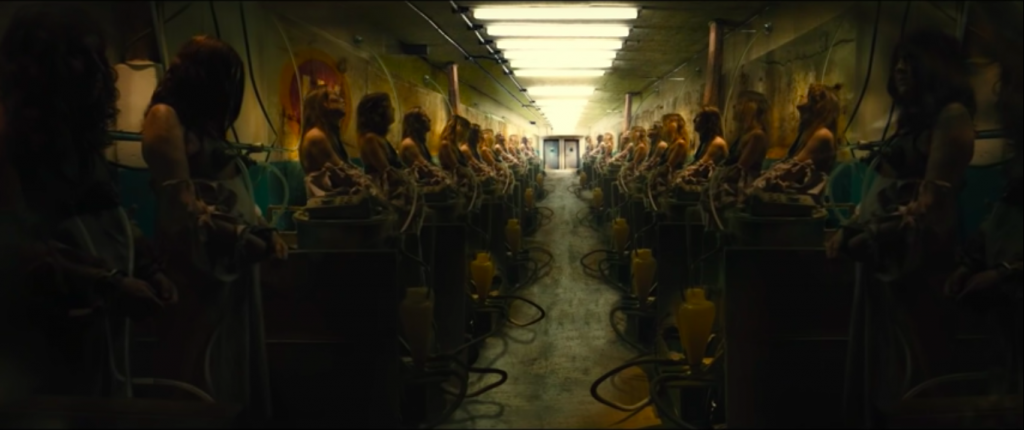
EXCERPT: “The article takes as its case study The Herd (2014), a crowd-funded British short, directed by vegan-feminist and street activist Melanie Light. Described by case-makers and a prominent animal welfare charity as ‘the first vegan-feminist horror film’ (Viva! n.d.), The Herd is a condemnation of the practices of what Critical Animal Studies scholars refer to as the Animal Industrial Complex (AIC): specifically the factory farming of cows, and the routine exploitation they endure throughout the processes of industrialized dairy production (Stephens-Griffin 2017, 8–11). The film aims to generate empathy among non-vegan (meat-eating, milk-drinking, animal product-consuming) viewers, enlightening them to the plight of dairy cattle by depicting women being farmed en masse for their breast milk. Human females, in other words, are used in the film to allegorize real world suffering endured by non-human females. The film confronts the viewer with imagery designed to shock, aligns the exploitative practices of factory farming with abuses of patriarchy, and thereby seeks to challenge the viewers’ morality and sustenance choices. In adopting these tactics, the goal – as per activist video, documentaries, and media campaign strategies – is to help the viewer realize their ‘speciesist’ ways and convert them to a vegan lifestyle.” READ MORE
Read also Walker’s comments in “Now Is the Time of Monsters”: A Roundtable on Contemporary Horror
Powerful Women, Postfeminism, and Fantasies of Patriarchal Recuperation in Magnificent Century
by Deniz Zorlu

EXCERPT: “Magnificent Century looks admiringly at women’s acumen and resilience in successfully carving out and attaining positions of power and influence in a world of harsh patriarchal domination. However, it also turns physical violence against these strong, aspirational women into a visual attraction in scenes that serve to re-assert patriarchal domination. That some of the most widely watched YouTube clips from Magnificent Century are those misogynistic scenes of gendered power reversals, which impose patriarchal dominance to deprive high-status women of their power, are the direct result of a masculinist culture latent in Turkey. Yet that Magnificent Century has been so internationally successful indicates that both postfeminism and popular misogyny appeal to viewers far beyond Turkish borders.” READ MORE
Changing the Reflection: Re-visions on the Trans Mirror Scene
by Joshua Bastian Cole
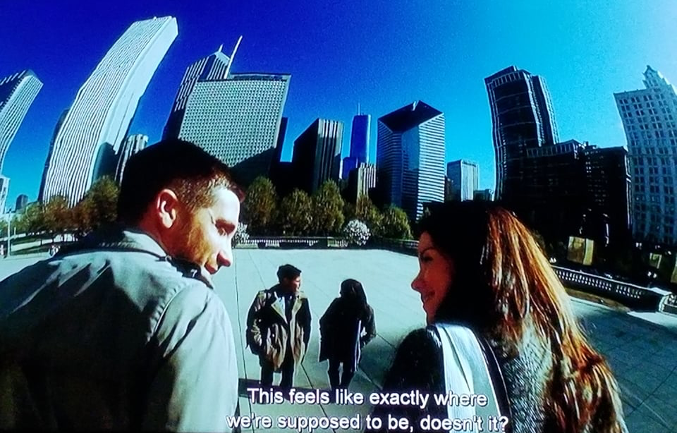
This article was awarded the 2021 SCMS Queer and Trans Caucus Chris Holmlund Graduate Student Writing Prize
Cinematography can correspond with the misattatuned image by using two primary technical elements: a mobile camera that provides movement to the otherwise static, even photographic, nature of the trans trope; and what are known in the film industry as “impossible shots,” carefully angled, composited, or otherwise technologically produced images in which the actor looks straight into a mirror (which is also the point of view from which the audience looks). The camera itself should be captured in a visible mirror reflection but is impossibly absent. The stillness or stuckness of the trans mirror scene only repeats cisgender expectations, while mobility instead allows trans possibility. READ MORE
In the Corporate Rainbow: OutFest and the Politics of Programming Queer Affect
by Sean Donovan

This article was awarded the 2021 SCMS Queer and Trans Caucus Chris Holmlund Graduate Student Writing Prize
The discursive work of LGBTQ film festival lore like Rich’s foundational article reveals a central truth to the cultural organization of LGBTQ film festivals: affective intensity is a strategic operating principle promised to act as a binding agent for the members of the media public it convenes…The emotions (and their predecessors, affects) of pride, in-community affection, and assertive protest are key motivations for media texts’ passage through an LGBTQ film festival. The texts power the festival’s affective atmosphere, and become laden with that atmosphere in turn in a system of reciprocity. Festival settings reveal the ambient pop of queer affect in a media public as its own profoundly sustaining victory, queering space and making worlds. READ MORE
Reviews
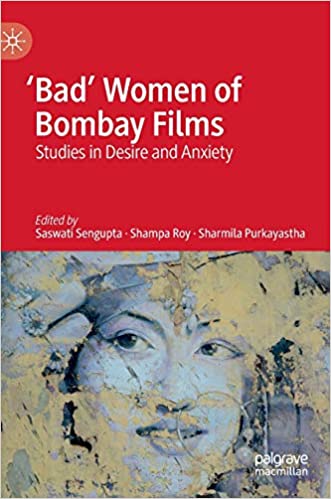
Reviewed by Srishti Walia
In its analysis of Hindi films, several chapters in the book concern themselves with song and dance sequences – as intervals within the larger text – that articulate the language of female desire. As interludes, they function as permissive spaces for the exploration of women’s autonomy often juxtaposed with the confines of the home. However, roughly after the 1980s, a change can be marked – women who would earlier either die as punishment for defiance or become outcasts could now have more freedom to explore different paths. READ MORE
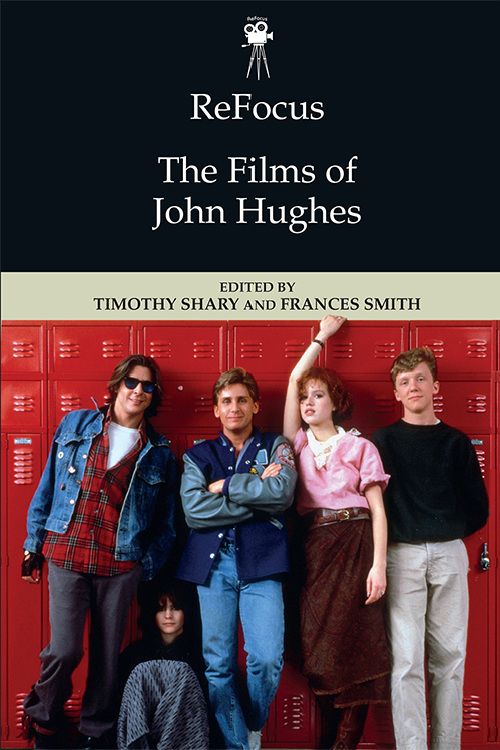
Reviewed by Aidan Dolby
Following such events as the #MeToo and #TimesUp movements, the need to go back and explore the fictional landscapes, characters and values of the past in the work of Hughes, alongside other prominent
directors, has noticeably increased since 2015. Thus, much like the other titles within the ReFocus series, this volume fills the gap in scholarship necessitated by societal and cultural change. READ MORE
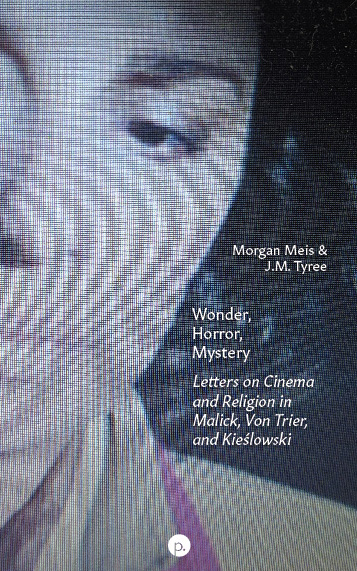
Reviewed by M. Sellers Johnson
This type of personal report is the lifeblood of art engagement. While epistolary in form, this book resounds with academic vigor, though it is not formally designed like other scholarly texts. The immediate quality of these exchanges is generally casual, even humorous, in its tone. Compared to a traditional academic text, this book deviates from a typical argumentative format and alternatively provides details of thoughtful, albeit digressive, conferences on its three main topics and filmmakers. Nevertheless, this type of interaction is where scholarship begins – forged from rich debates that validate ideas, contentions, and that which stimulates an involved, sustained interest in film as a critical art medium. READ MORE
